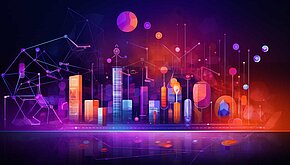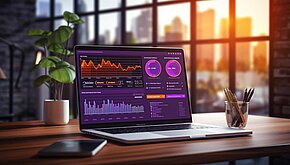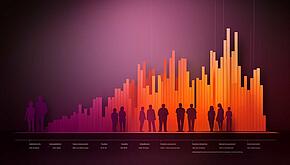- Why Us?
- Features
White Label
For SaaS Platforms & Agencies
Provide our complete analytics suite to your clients, directly within your own interface and with your/their own branding. Discover Analytics-as-a-Service and White Label Analytics. Great benefit, minimal effort.
- Pricing
- White Label
- Success Stories
- ResourcesGetting Started
CONTENTS
- Combine Conversion Funnels with Other Tools
- Shape Your Ideal Buyer Journey as a Funnel
- Set Goals for Each Stage of the Funnel
- Generate Awareness with Quality Content
- Create a Content Plan for Each Stage
- Top
- Middle
- Bottom
- Arouse Curiosity and Desire
- Retain Customers
- FAQs
- What are conversion funnels?
- When to use conversion funnels?
- How to measure digital marketing performance with conversion funnels?
- What can be analyzed with conversion funnels?
- How to track, measure, and optimize conversion funnels?
- Use Conversion Funnel Effectively
How to Use Conversion Funnels Effectively
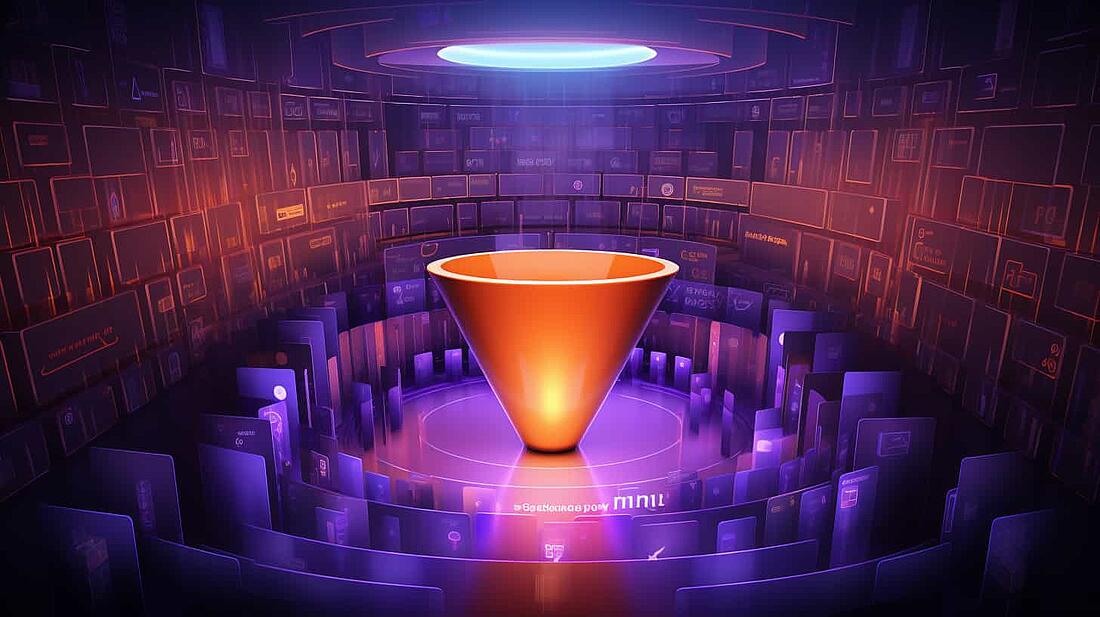
Building your website is like building your world - you need to pay attention to infrastructure, people, how they behave, where they land, what they need, which content they like, and so forth.
It’s not an easy job, but highly rewarding.
Are you on the hunt for new customers? Then you should use conversion funnel tools. A tool that helps your website better convert?! Take my money right now!
Of course, it requires a pretty much predictive mindset, and some setups, but you’ll do more than fine.
This article will help you learn how to use conversion funnel tools effectively to make the most out of them.
Let’s get stuck in!
Combine Conversion Funnels with Other Tools
Conversion funnels are a great place to identify where the sales process is breaking down, but you need to use website analytics tools that also have other features to work out exactly why this is happening.
The more you have, the more you can learn! Mixing conversion funnels analytics with session recordings and session replays, custom event tracking, and website heatmaps is a good way to get detailed insights about your visitors' behavior.
Session recordings allow you to replay visitors’ actions on your website and understand where and why drop-offs happen. It’s important to mix this feature with conversion funnels because you can observe where visitors stop the journey, identify errors or bugs on the website, and find out why visitors are not converting.
As the name suggests, custom event tracking analyzes how visitors interact with your website and trigger certain events. Using this feature, you can make your own trackable conversion funnel tags, add them to your website, and track the evolution of the buyer’s journey.
Finally, yet equally importantly, heatmaps show the parts of a website where there’s user activity (clicks, taps, mouse movement, scroll, etc). Visualizing what content visitors click, tap, and where they abandon your page will help you improve your funnels to convert.
Shape Your Ideal Buyer Journey as a Funnel
You can't sell to an audience unless you know who they are and what they want. A buyer persona — a research-based semi-fictional representation of your ideal customer — is the best way to determine who you should target.
Buyer personas provide information about who your buyers are, how they think, and what motivates them. They can assist you in identifying prospects at the top of the funnel, reducing drop-offs at the awareness stage, and increasing your sales funnel conversion rate.
To make the most of your funnel, you’ll have to create a buyer journey map. These maps are a visual representation of how your prospects will engage with your products and brand. You will comprehend the attitude of your target clients better if they are more intricately plotted.
Take advantage of these buyer journey maps to:
- Encourage your company to have a customer-focused culture
- Increase your sales and conversion rates
- Determine your ideal buyer
- Connect with customer requirements
- Improve marketing campaigns
- Increase the number of repeated customers
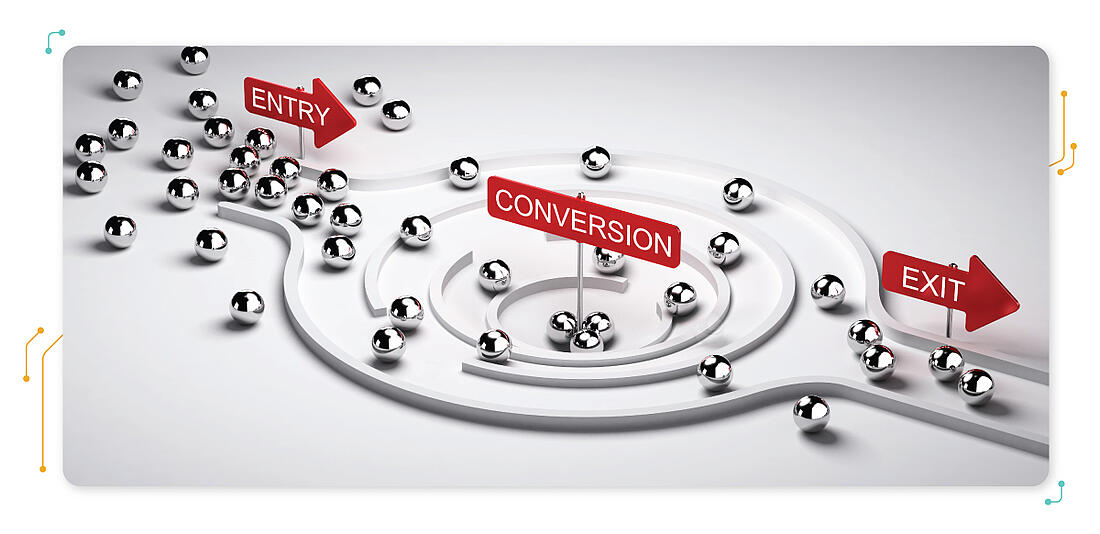
Set Goals for Each Stage of the Funnel
Another important way of using conversion funnels effectively is to determine the goals for each step of the funnel.
The objectives for each stage of your conversion funnel should be determined after mapping out the buyer's journey.
You should establish objectives for the top, middle, and bottom stages. Let’s see some examples of goals:
- Top-level goals - a higher click-through rate for PPC and ads, an increase in the time spent on a determined page, more social media mentions or shares
- Middle-level goals - increase add-to-cart rate, page visits, and time spent on pages
- Low-level goals - higher conversion rates, and a lower rate of shopping cart abandonment
Having these objectives settled will help you set specific metrics and let you do your job in the most effective way possible.
Generate Awareness with Quality Content
With these goals in mind, and a target audience, you can start building fresh, quality content. You should focus on content that targets prospects' pain points. Since you’re at the awareness stage, it’s your chance to help users solve problems.
The trustworthiness of your brand is increased by informative content. Consumers are 131% more likely to make a purchase from a company after viewing early-stage educational videos, according to research by Conductor.
In the awareness stage, blog posts are a terrific approach to improving your sales funnel. You might also think about additional methods, such as podcasts, and social media posts.

Create a Content Plan for Each Stage
Regarding the stage your prospects are in, you’ll have to provide different content in order to create a smooth journey for your audience.
Top
Considering the first stage, you need to influence users with your content to build brand and product awareness. You can use landing pages for conversion funnels to promote awareness of your business.
You need to focus in this stage on helping your audience get to know your business, how your product can be life-changing, and why it would be a good fit for them.
This stage is a great opportunity for storytelling, videos, blog posts, and social media content.
Middle
Now that your audience knows you and understands what you’re offering, you need to show them the reason they need you.
Don’t try to over-sell and push your product’s features - try to engage with the audience, and show them how they will benefit from your services.
This is the hardest part for customers because they have to make a decision, so ensure you provide high-quality content such as video tutorials, case studies, and downloads.
Bottom
If your audience arrived at the final stage, then this is your moment to rock it!
You need to give people reasons to buy from you, or sign up for your newsletter, and whatever your goal is.
You can include many marketing strategies at this stage, such as free trials, discounts, gated content, and CTAs.
Arouse Curiosity and Desire
The key to generating interest or fostering desire is to create compelling content.
You will stimulate interest in your products and services as your brand creates interest and desire through influencer marketing, social media marketing, web marketing, and other components. This will also increase consumer interest in those goods.
It's crucial to gain their curiosity and desire by making your website or store's customer experience efficient and seamless, facilitating the process of shoppers adding items to their carts, and providing powerful customer service.
Send customized email content to prospects if you have their contact information, such as compilations of your best blog posts, client testimonials, or helpful advice, tips, and tricks.
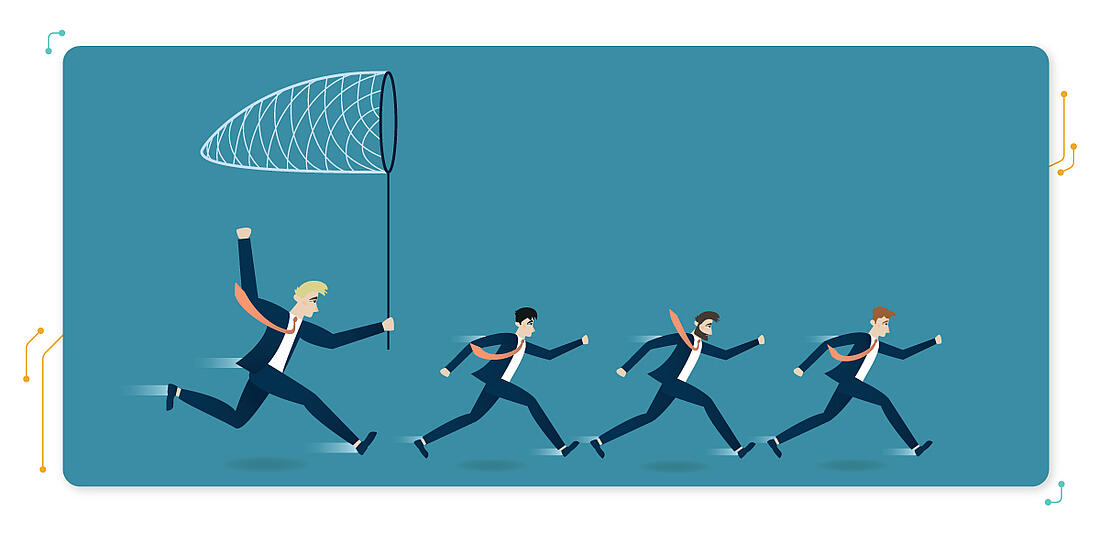
Retain Customers
You may be thinking “they bought from me, what’s more to do?” Yeah, maybe the chances of buying from you again are tiny, but they have friends and colleagues that may need a solution like yours. If they like you, they'll recommend you!
Also, it’s possible that they bought a package from you which doesn’t include all features and services you provide - make sure that once in a while you remind them about the usability of those elements and how they can improve their needs.
Tell your customers about product updates - an update proposed by them - to show them you care about their opinions. The customer is king!
FAQs
What are conversion funnels?
Conversion funnels describe the steps that visitors take in order to convert into customers. They allow you to see how people are using your product, identify and solve problems, as well as improve overall website efficiency—all while increasing ROI.
When to use conversion funnels?
The best time to use conversion funnels is after you build your website. It’s a good way to start off on the right foot and invest in your audience experience. Even if you have had a website for a long time, you can take advantage of conversion funnels. There’s no time limit in which you can utilize conversion funnels, but the quicker the better!
How to measure digital marketing performance with conversion funnels?
To measure digital marketing performance with conversion funnels you need both quantitative and qualitative data. In order to make the most out of your digital marketing performance, you should measure conversion rates, cost per acquisition (CPA), and customer lifetime value (CLV).
What can be analyzed with conversion funnels?
With conversion funnels, you can analyze the user journey through your website, optimize it in order to help your audience to achieve the final stage, and determine how many visitors arrive at each stage of the funnel.
How to track, measure, and optimize conversion funnels?
You can track, measure, and optimize conversion funnels with the help of a website analytics tool. You can give TWIPLA a shot! It is an easy-to-use solution which helps you track how visitors interact with your website, when they abandon your website, and what makes them stop buying from your business - with the goal of optimizing those funnels.
Use Conversion Funnel Effectively
The only real way to see the effectiveness of conversion funnels is to try them on your business. Each company has different needs and strategies to implement - what will work for some, might not work for others.
Your conversion funnels are unique to you. And, in order to achieve the greatest benefits from them, you must test, optimize, and re-test them for yourself.
Do you feel this article was helpful? Then, be kind and share it with your friends and colleagues.
Share article
Get Started for Free
Gain World-Class Insights & Offer Innovative Privacy & Security

You might also like
42 Essential KPIs for eCommerce Websites 07 February 2021 - by Simon Coulthard
07 February 2021 - by Simon Coulthard
Market Research: The All-in-One Guide to Conducting Market Research 12 September 2022 - by Simon Coulthard
12 September 2022 - by Simon Coulthard
Five Key Benefits of Conversion Funnel Tools 16 November 2022 - by Simon Coulthard
16 November 2022 - by Simon Coulthard





